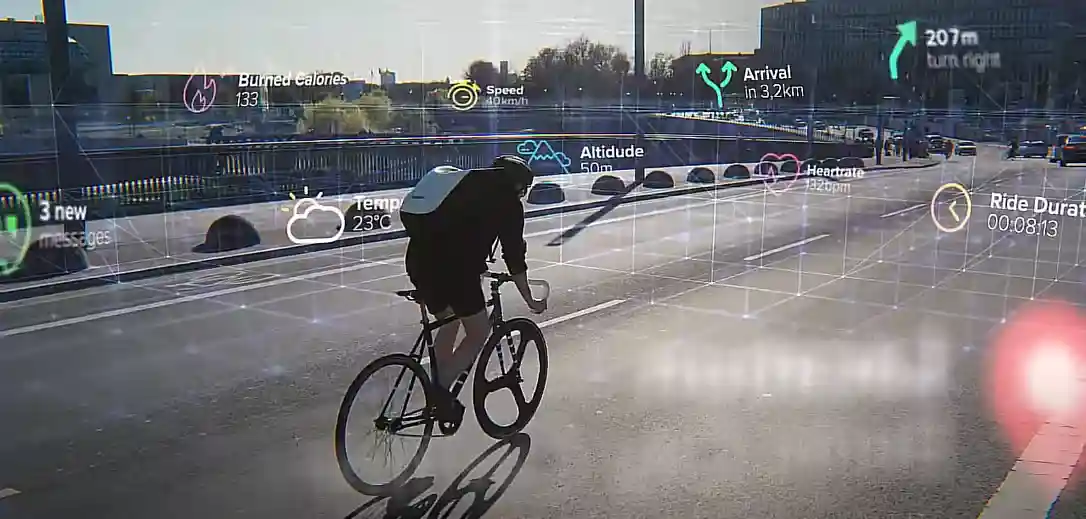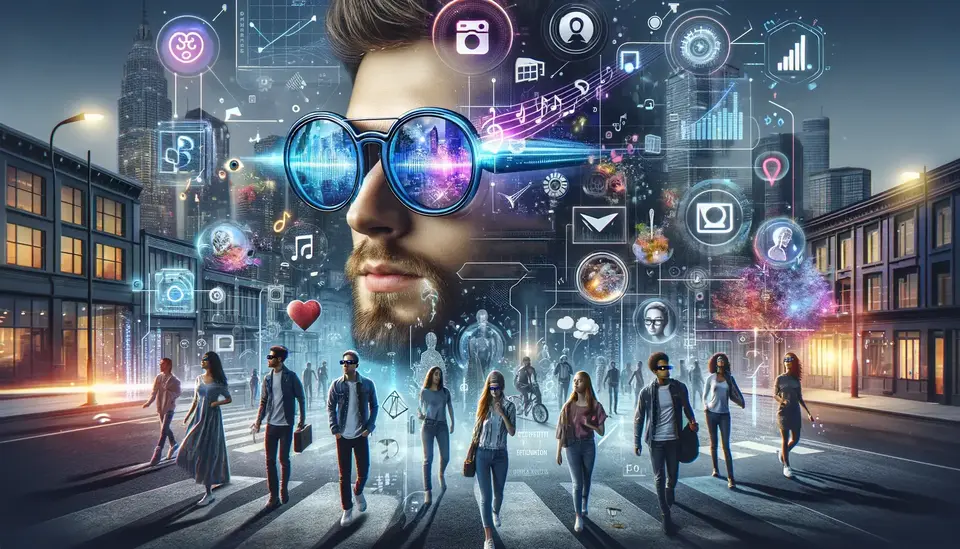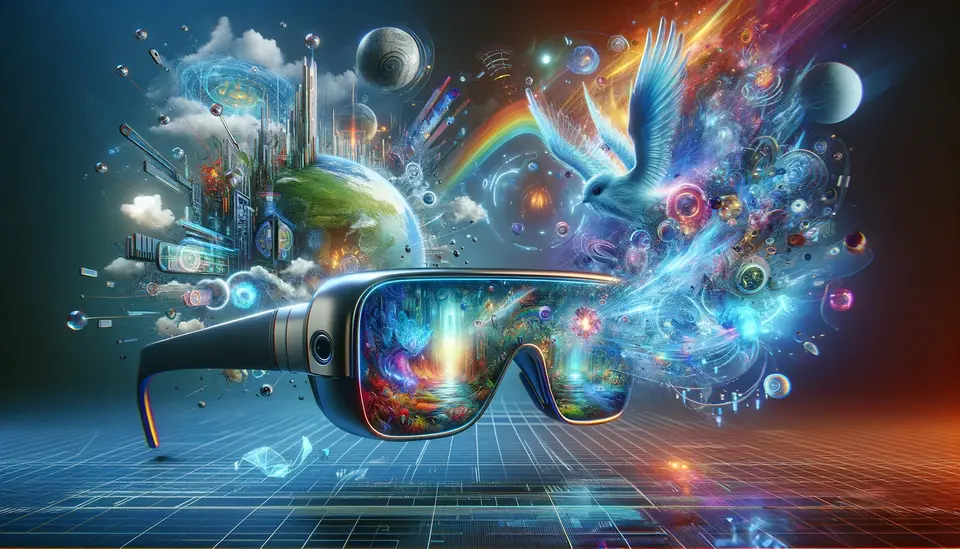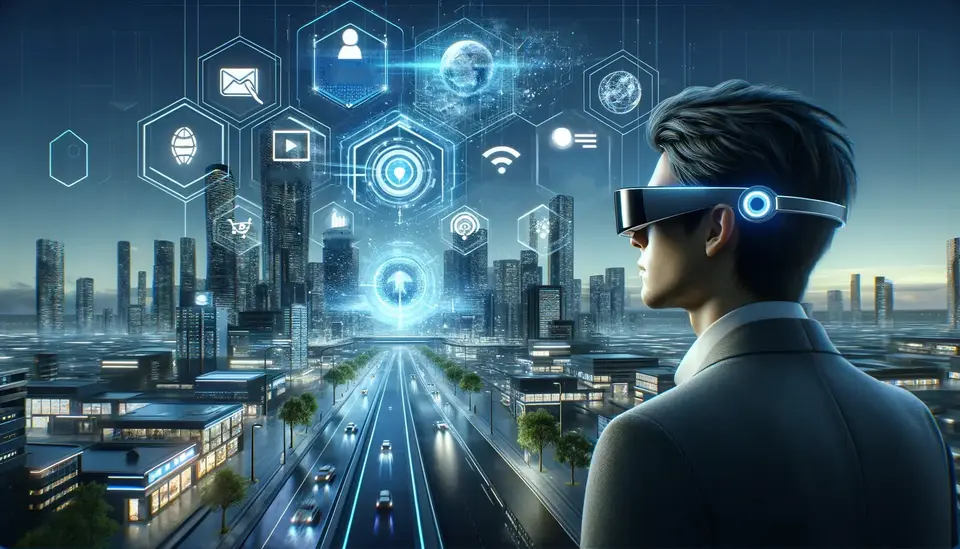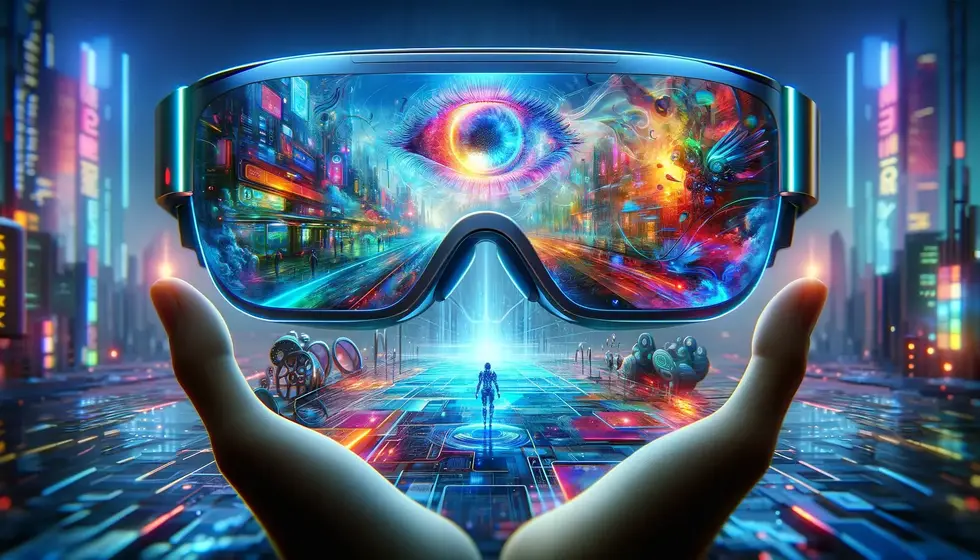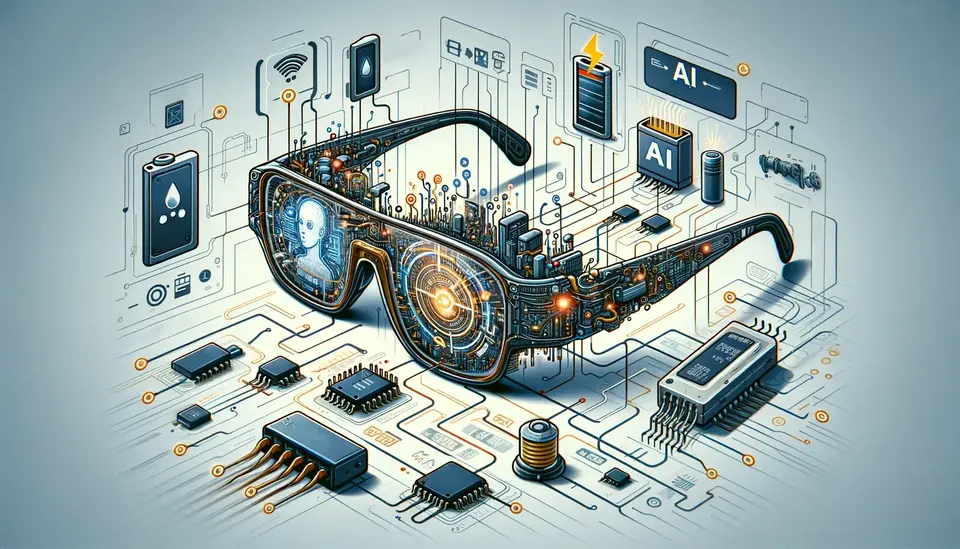15 Examples of the Use of Smart Glasses in Sport
Posted on April 24, 2023 5 minutes 1001 words
Table of contents
- 1. Enhanced Coaching Techniques: Google Glass and Coach’s Eye
- 2. Real-Time Performance Metrics: Recon Jet Smart Glasses
- 3. Injury Prevention and Recovery: Vuzix M100 Smart Glasses
- 4. Virtual Reality Training: Solos Smart Glasses
- 5. Customized Spectator Experiences: Microsoft HoloLens
- 6. Interactive Fan Engagement: Vuzix Blade Smart Glasses
- 7. Augmented Reality for Athletes: RideOn Vision Smart Goggles
- 8. Real-Time Biometric Monitoring: JINS MEME Smart Glasses
- 9. Enhanced Refereeing and Officiating: Google Glass in Soccer
- 10. Live Broadcast Enhancement: Intel’s True View
- 11. Performance Analysis and Scouting: GlassUp Smart Glasses
- 12. Game Preparation and Strategy: Atheer AiR Enterprise Smart Glasses
- 13. Environmental Adaptation: Oakley Airwave Goggles
- 14. Social Media Integration: Snap Spectacles
- 15. Personalized Fitness and Training Plans: Garmin Varia Vision Smart Glasses
- Conclusion
The rapid evolution of technology has influenced virtually every aspect of modern life, and the world of sports is no exception. One promising development in wearable devices is smart glasses, which are poised to revolutionize sports by enhancing performance, training, and spectator experiences. In this blog post, we will dive into 15 exciting real-world examples of the use of smart glasses in sports and discuss their potential to transform the industry.
1. Enhanced Coaching Techniques: Google Glass and Coach’s Eye
Google Glass and the Coach’s Eye app can provide coaches with real-time data and insights, enabling them to make better decisions and offer personalized feedback to athletes. This technology has been used by coaches in various sports, including swimming and basketball, to analyze and improve athletes’ technique and performance.
2. Real-Time Performance Metrics: Recon Jet Smart Glasses
Recon Jet smart glasses have the ability to display real-time performance metrics, such as speed, distance, and heart rate, allowing athletes to optimize their training. Cyclists and runners have already started using these smart glasses to track their progress and push their limits, making every training session more effective.
3. Injury Prevention and Recovery: Vuzix M100 Smart Glasses
Vuzix M100 smart glasses have been used in physical therapy settings to monitor and analyze athletes’ movements. By tracking specific movements, therapists can design targeted exercises to prevent injuries and aid in the recovery process. For instance, these glasses can help identify imbalances and misalignments that could lead to injuries in runners.
4. Virtual Reality Training: Solos Smart Glasses
Solos smart glasses can immerse athletes in virtual training environments, helping them develop their skills and prepare for competitions. Cyclists, for example, can use these glasses to simulate race conditions, such as hills and wind resistance, improving their performance on race day.
5. Customized Spectator Experiences: Microsoft HoloLens
Microsoft HoloLens can provide spectators with customizable viewing experiences, including personalized statistics, virtual replays, and real-time commentary. During the 2018 Winter Olympics, the HoloLens was used to offer a unique, immersive experience for viewers, who could watch live events with additional interactive features.
6. Interactive Fan Engagement: Vuzix Blade Smart Glasses
Vuzix Blade smart glasses can create interactive fan experiences, such as live trivia games, scavenger hunts, and virtual autograph sessions. During the 2018 Super Bowl, these glasses were used to enhance the fan experience by providing exclusive content and activities throughout the event.
7. Augmented Reality for Athletes: RideOn Vision Smart Goggles
RideOn Vision Smart Goggles provide augmented reality overlays, such as racing lines and trail maps, to guide athletes through a course or enhance their strategic abilities during games. These goggles have been popular among skiers and snowboarders, allowing them to navigate unfamiliar terrain with ease and avoid hazards.
8. Real-Time Biometric Monitoring: JINS MEME Smart Glasses
JINS MEME smart glasses can monitor athletes’ biometrics, such as heart rate and fatigue levels, to optimize performance and reduce the risk of overtraining. These glasses have been used by professional cyclists to track their exertion levels and make informed decisions about pacing and rest intervals.
9. Enhanced Refereeing and Officiating: Google Glass in Soccer
Smart glasses like Google Glass have been tested by referees and officials in soccer games to assist in making accurate decisions. By providing real-time data, such as player positions and ball trajectory, smart glasses can help reduce human error and improve the overall fairness of the game.
10. Live Broadcast Enhancement: Intel’s True View
Intel’s True View technology, compatible with smart glasses, has the potential to create new broadcasting perspectives and provide on-screen statistics and data overlays for viewers. This technology was used during the 2018 FIFA World Cup to deliver 360-degree replays and multi-angle views, enabling fans to watch the action from any perspective and gain a deeper understanding of the game.
11. Performance Analysis and Scouting: GlassUp Smart Glasses
GlassUp smart glasses can record and analyze athletes’ performances, providing valuable insights for scouting and player development. For example, in basketball, these glasses can track player movements, shot accuracy, and ball-handling skills, helping coaches identify strengths and weaknesses and make informed decisions about player selection and development.
12. Game Preparation and Strategy: Atheer AiR Enterprise Smart Glasses
Atheer AiR Enterprise smart glasses can be used to create detailed simulations of opponents and game situations, aiding in preparation and strategic planning. In football, for instance, coaches can use these glasses to visualize and analyze opponents’ offensive and defensive strategies, helping teams to adapt and respond effectively during games.
13. Environmental Adaptation: Oakley Airwave Goggles
Oakley Airwave Goggles provide information on weather conditions, altitude, and other environmental factors to help athletes adapt and optimize their performance. These goggles, popular among skiers and snowboarders, feature a heads-up display that provides real-time data on speed, vertical drop, and navigational information, allowing athletes to make informed decisions and maximize their performance on the slopes.
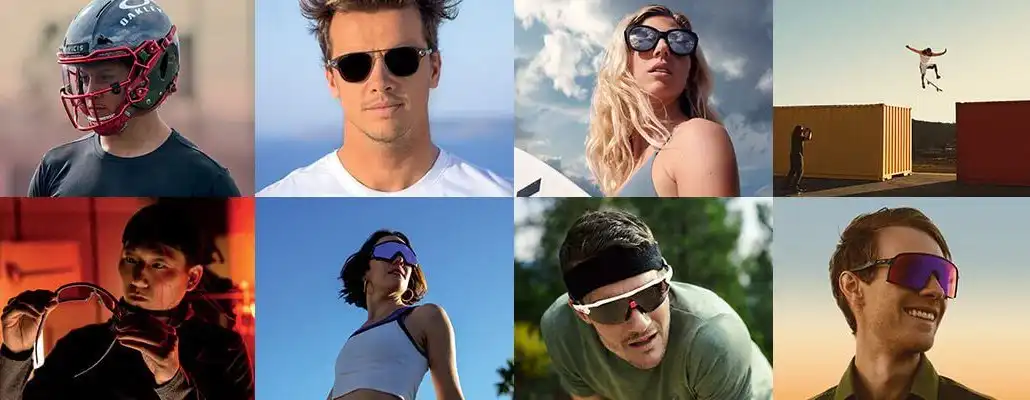
14. Social Media Integration: Snap Spectacles
Snap Spectacles enable athletes and fans to share their experiences and engage with others through social media platforms. These glasses are equipped with a built-in camera that captures short videos, allowing users to seamlessly share their perspective during sporting events and activities.
15. Personalized Fitness and Training Plans: Garmin Varia Vision Smart Glasses
Garmin Varia Vision smart glasses can create personalized fitness plans based on individual goals, progress, and preferences. With built-in sensors and GPS capabilities, these glasses can track a wide range of performance metrics and adjust training plans in real-time, helping athletes stay motivated and on track towards their goals.
Conclusion
The potential of smart glasses to revolutionize the world of sports is immense, with benefits for athletes, coaches, and spectators alike. As technology continues to evolve and new innovations emerge, smart glasses will undoubtedly become an increasingly integral part of the sporting landscape. From enhanced performance and training methods to unique spectator experiences and interactive fan engagement, the future of sports promises to be more exciting, immersive, and connected than ever before.

